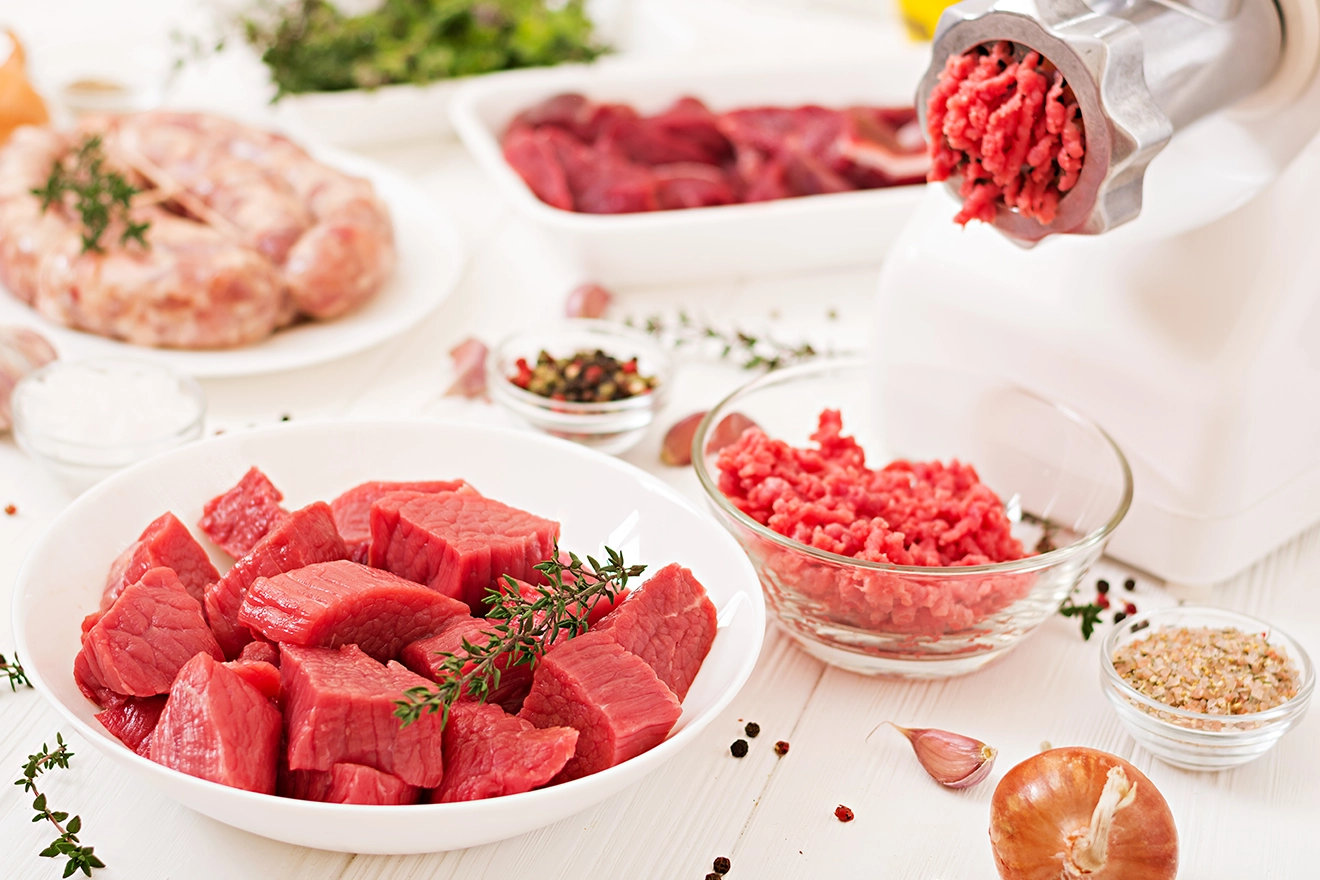
What is Cultivated Meat?
Cultivated meat, also known as cell-based or lab-grown meat, is produced by growing animal muscle tissue from cells in a bioreactor rather than from traditional animal agriculture. It aims at replicating the taste, texture, and nutritional composition of conventional meat while eliminating the need for raising and slaughtering animals. The concept of cultivated meat has been in the process of being developed for several decades, with significant advancements in stem cell biology and tissue engineering contributing to its current feasibility.
Standardizing the Terminology for Cultivated Meat
The terminology surrounding cultivated meat can be confusing due to various terms such as “cultured,” “cell-based,” “clean,” and “lab-grown.” To address this confusion, efforts are underway to standardize the terminology across the industry. The goal is to provide clarity to consumers and promote a consistent understanding of cultivated meat and its production methods.
When cultured meat products are introduced into the market, companies must label the packaging with terms like “cultured,” “cultivated,” or “cell-based” to clearly indicate the nature of the food. Such clear and accurate labeling will ensure that consumers are aware before making informed decisions about purchases and consumption. To get proper guidance on labeling, companies can enlist the help of Freyr, which provides end-to-end labeling services for food and dietary supplements.
Pros and Cons of Cultivated Meat
Cultivated meat has great potential for addressing several pressing issues that arise from traditional animal agriculture. First and foremost, it eliminates the need for conventional meat, which contributes to animal cruelty, environmental degradation, and high greenhouse gas emissions. It can also enhance food safety by reducing the risk of foodborne illnesses and preventing the emergence of zoonotic diseases. Moreover, cultivated meat can be produced without the routine use of antibiotics, which in turn mitigates the global risk of antimicrobial resistance.
However, many challenges still need to be overcome. For instance, the scalability and cost-effectiveness of the cultivated meat production process are critical aspects that need to be improved. Additionally, replicating certain features of meat, such as fat marbling and color, remains technically challenging. Addressing such obstacles is crucial before the widespread adoption of cultivated meat.
Is Cultivated Meat Healthy?
One of the primary goals of cultivated meat is to match or surpass the nutritional profile of conventional meat. The controlled environment in which cultivated meat is produced allows for precise management of fat composition, that is, increasing beneficial fats while reducing harmful ones. However, there are still uncertainties regarding the nutritional content of cultivated meat, particularly in terms of micronutrient uptake. Research is currently being conducted to determine whether cultivated meat can provide adequate levels of essential nutrients like iron and vitamin B12.
Singapore’s Trailblazing Support
Singapore is at the forefront of cultivated meat development, as Good Meat, a division of the United States (US) food tech firm, Eat Just, received Regulatory approval from the Singapore Food Agency (SFA) to produce lab-grown chicken using serum-free media. In keeping with the name of the division, Singapore categorizes “good meat” as a novel food product. Singapore’s Regulatory milestone establishes it as a trailblazer in the field, surpassing both the US and Europe. The approval is, in fact, a significant breakthrough for Good Meat, allowing them to scale up production, reduce costs, and offer genuinely slaughter-free products.
Singapore’s proactive approach to food security, driven by limited land and resources, has accelerated the development of regulations on cultivated meat. The SFA’s “30 by 30” goal aims at producing 30% of the nation’s nutritional needs locally by 2030, and Regulatory support for cultivated meat plays a vital role in achieving this goal.
The SFA will conduct inspections and sampling to ensure that the cultured meat products meet the necessary Regulatory standards, much like other food products. Cultured meat is an innovative alternative to conventional meat, and as a novel food, its safety needs to be evaluated before it can be approved for human consumption, unlike plant-based mock meat products that are already established in our diets.
As concerns regarding greenhouse gas emissions and meat consumption continue to grow, the Food and Agriculture Organization (FAO) United Nations (UN) predicts a 70% increase in meat consumption by 2050. Cultivated meat companies aim at catering to a mindful consumer base through sustainable claims and products that closely resemble traditional meat in taste, texture, and appearance.
Cultivated meat could be an answer to environmental degradation, animal welfare concerns, and food safety issues that arise from conventional meat production. While there are obstacles that need to be addressed, the progress made till date is promising. As the industry evolves and refines its production methods, we can safely admit that cultivated meat has the power to transform our food system, providing a sustainable and ethical alternative to traditionally sourced meat. Seeking guidance from a Regulatory partner like Freyr can be beneficial, facilitating the smooth market entry of food products on a global scale. Our experts have in-depth knowledge of compliance requirements in the food and dietary supplement market and can provide you with end-to-end support!









